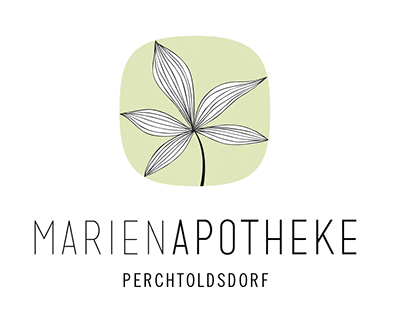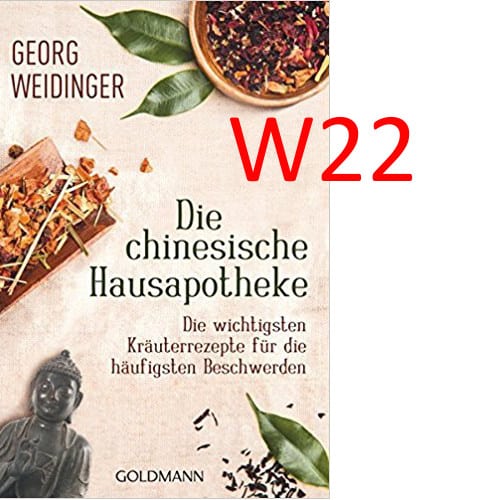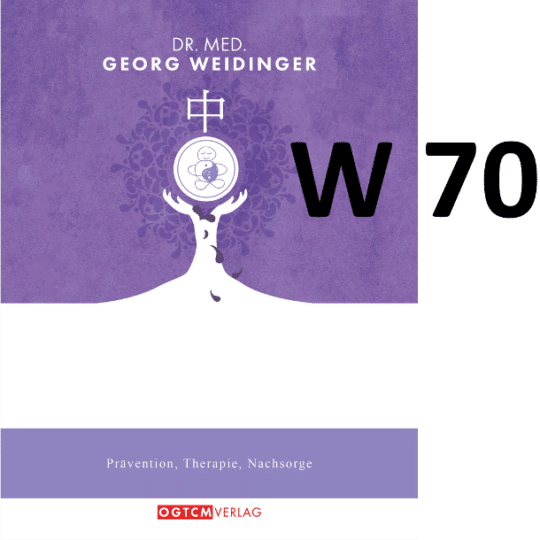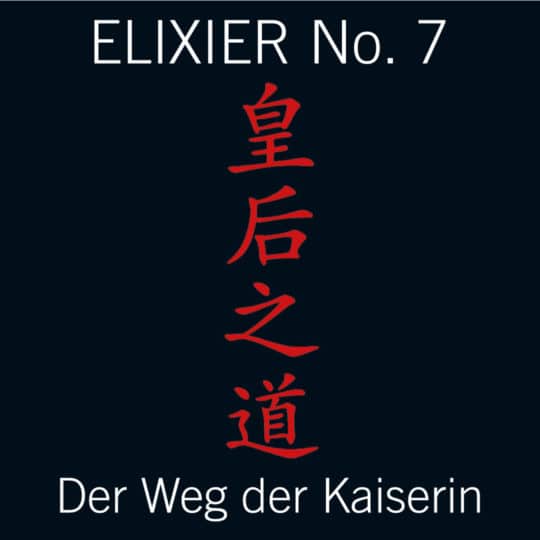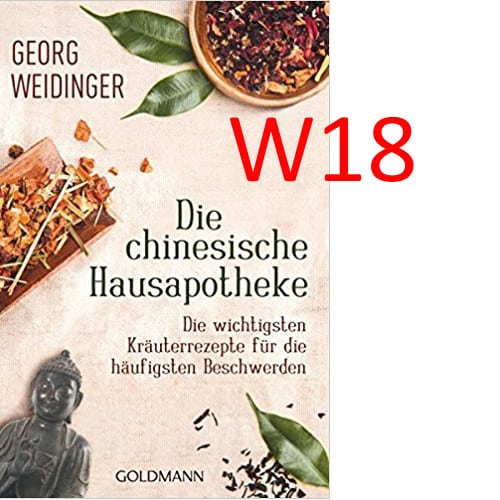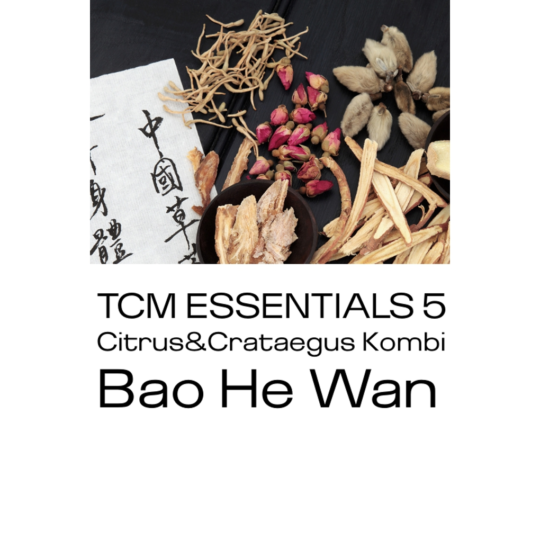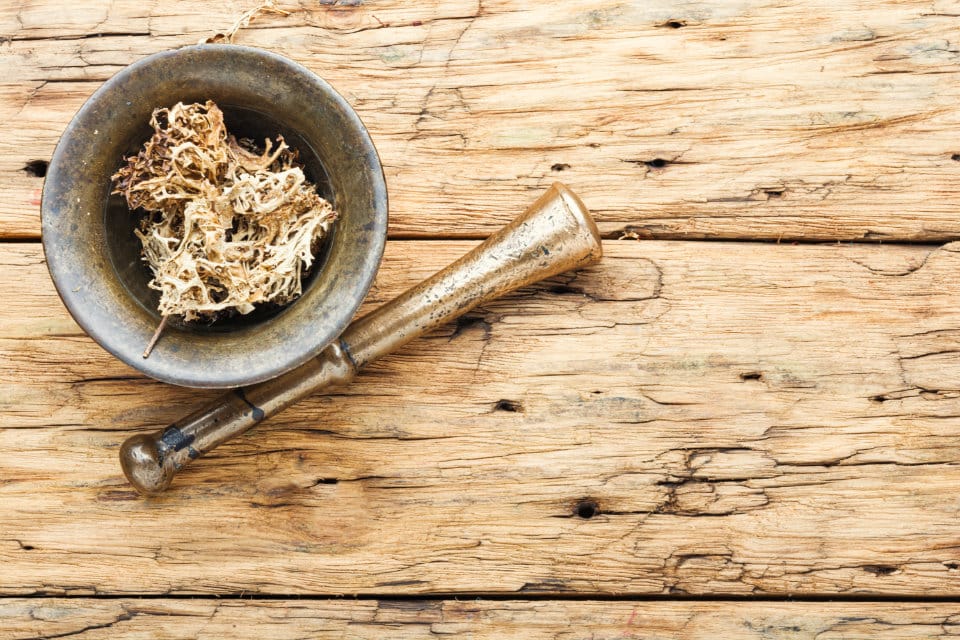Traditional Chinese Medicine (TCM) consists of a number of different forms of therapy that have been practiced in China for around 5000 years. Methods such as acupuncture, massage, moxibustion (burning on acupuncture needles) and movement exercises (Qi Gong) and dietetics are combined. In addition, mixtures of herbs and animal and mineral components are used as decoctions or in the form of modern granules for internal and external use.
Overall, the focus is on the holistic view of a person. This puts TCM in contrast to conventional medicine, which mainly treats symptoms (painkillers for pain, antihypertensives for high blood pressure, etc.). Today, more and more patients - especially those with chronic illnesses - are turning to alternative healing methods such as TCM.
The most important foundations of TCM are the teachings of yin and yang and their five phases of transformation (elements). Yin and yang are both opposing and complementary principles. They produce the central life energy Qi and should always be in balance with each other. The entire energy and all organs, or rather organ systems, are divided into yin and yang.
The holistic approach places great emphasis on prevention by attempting to recognize energetic imbalances and thus prevent the development of diseases. A person is healthy when all their energies are in harmony and balance.
At the beginning of Chinese medical treatment, a TCM doctor carries out a complete examination. Particular attention is paid to the face, pulse and tongue. By evaluating the color, shape, size and coating of the tongue, conclusions are drawn about energetic states.
During the pulse diagnosis, the doctor feels the arteries of the wrists with the index, ring and middle fingers and thus obtains information about the energetic imbalance in the organs. A distinction is made between 28 different pulse qualities. Once the doctor has gathered all the information from the tongue, pulse, face and medical history, he determines the appropriate treatment method.
"Traditional Chinese Medicine (TCM) is a healing system that is over 5,000 years old and is based on the foundations of Chinese philosophy, particularly Confucianism and Taoism. Body, mind and soul form an inseparable unit and are in turn integrated into larger contexts such as society and the environment and ultimately into the macrocosmic universe. Health is understood as a state of inner and outer harmony. Illness is therefore a disturbance of this harmony - as an imbalance within an individual or in the relationship of the individual to the external environment. Great importance is therefore attached to maintaining health and the early detection of disorders. A healthy lifestyle and the strengthening of the individual's self-healing powers are of crucial importance. In ancient China, doctors were famously paid for keeping a family healthy, for example. If someone fell ill, payments were stopped until health was restored.
The two elemental forces yin and yang develop from the all-encompassing basic principle of the Tao. These are mutually dependent and are constantly changing. Originally, yin and yang meant the dark and light sides of a mountain, but later this pair of terms came to represent the principle of living duality as such. Yin-Yang generates the central life energy Qi (pronounced: Dschi), which flows throughout the universe. Qi flows through the human body, indeed the entire subtle organism, in the energy pathways of the meridians.
When making a diagnosis, TCM doctors pay particular attention to pulse palpation. The TCM practitioner palpates the pulse on each wrist in three different positions and feels it both on the surface and in depth. This sensitive and complex method provides the doctor with specific information about all organs and meridians and therefore about the patient's overall constitutional state. For the treatment, the TCM doctor usually chooses a combination of the five classical healing methods:
- Drug therapy
- Massage or manual therapy Tuina
- Acupuncture and moxibustion
- Breathing and movement therapies Qi Gong and Tai Chi
- dietetics
Even though acupuncture is the best-known form of therapy in the West, treatment with natural medicines is used most frequently. TCM pharmacology recognizes over 7,000 mostly herbal medicines, of which around 500 are used regularly. Herbs and roots are used most frequently, but minerals and animal substances also play a role. The ingredients are usually processed into granules that are mixed with water or boiled.
If you have any further questions, please contact us at our TCM Email

